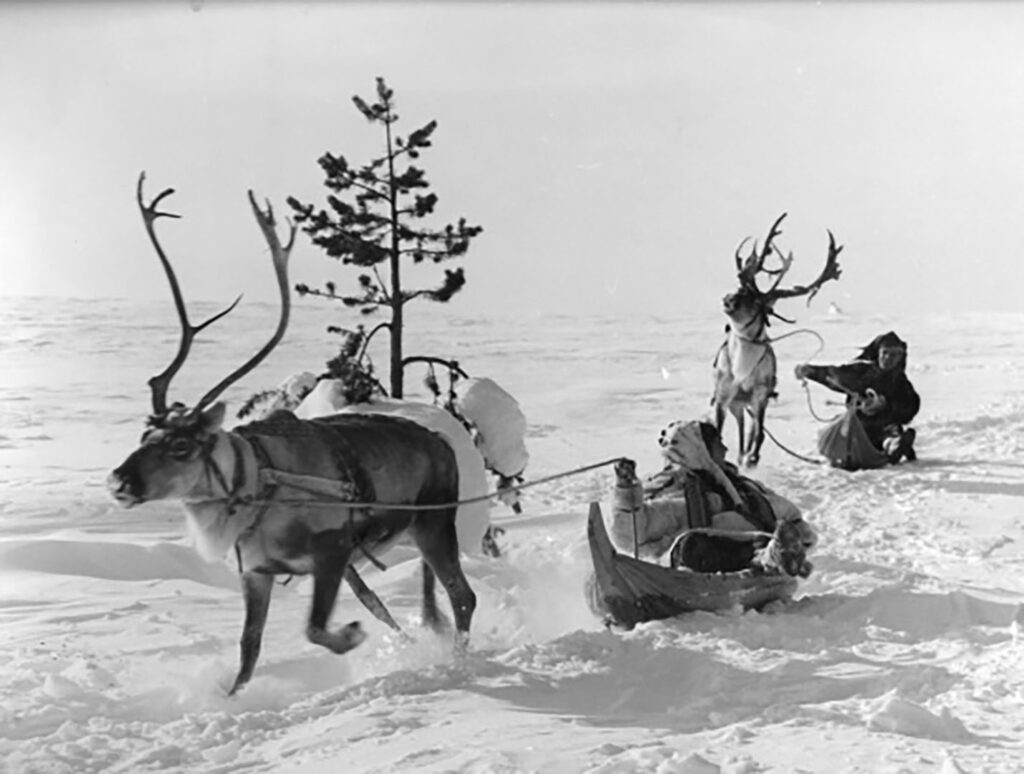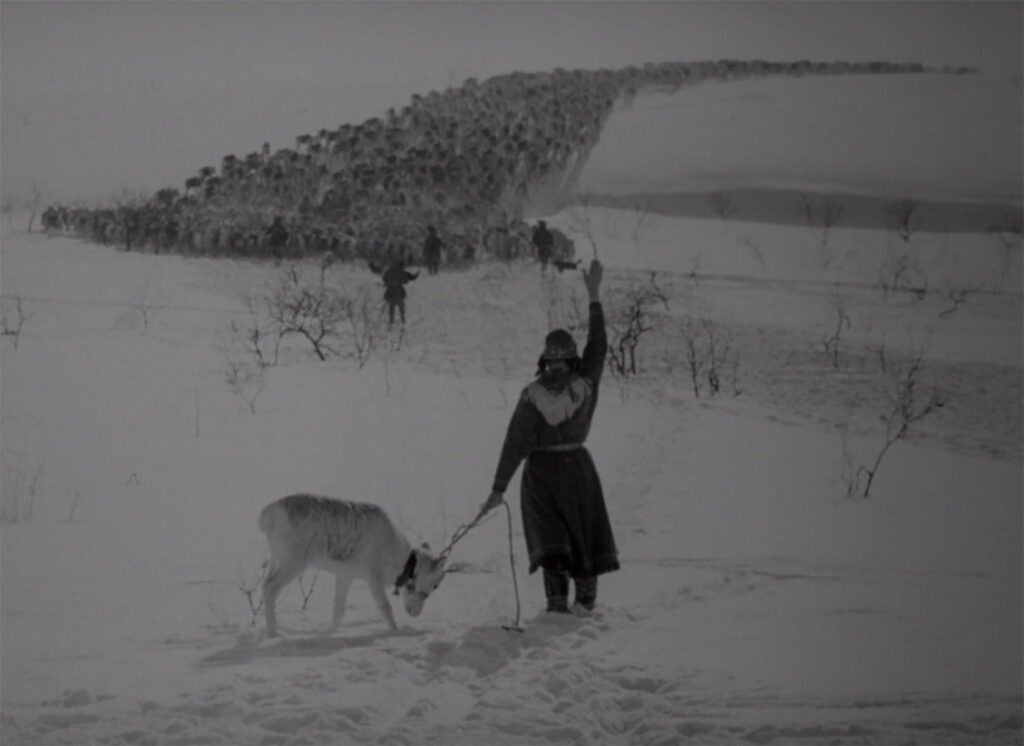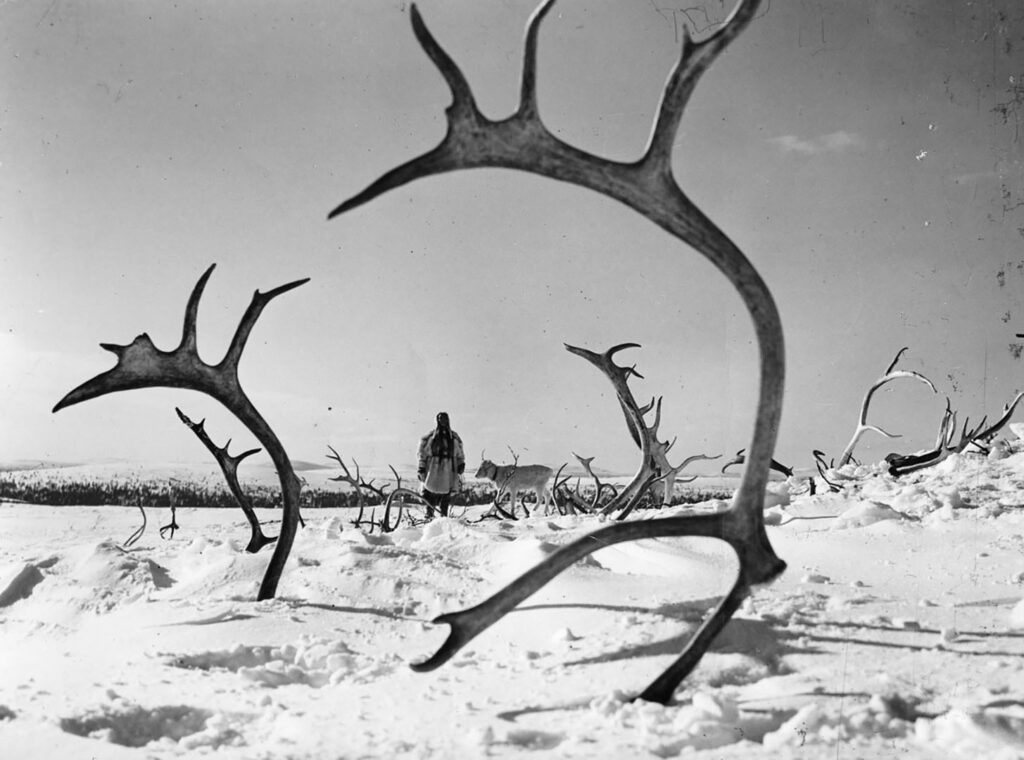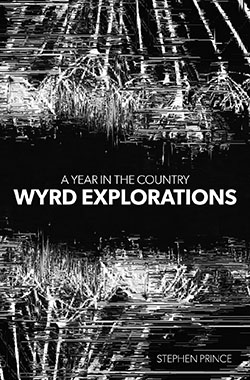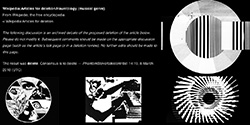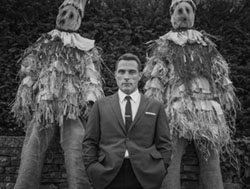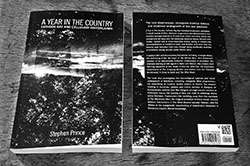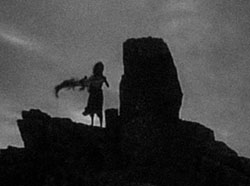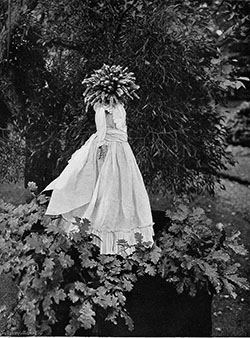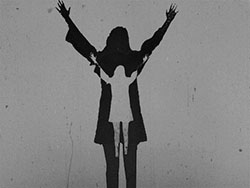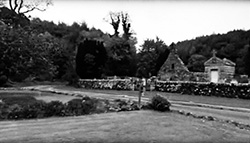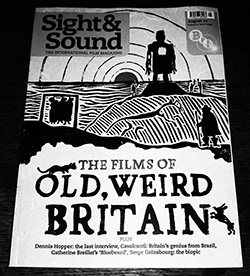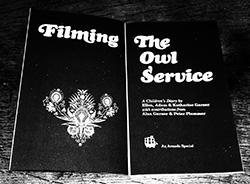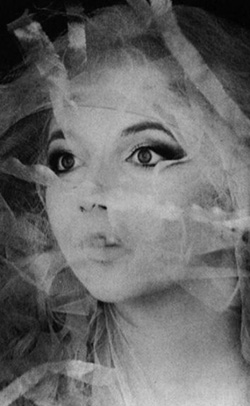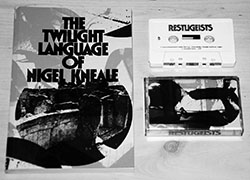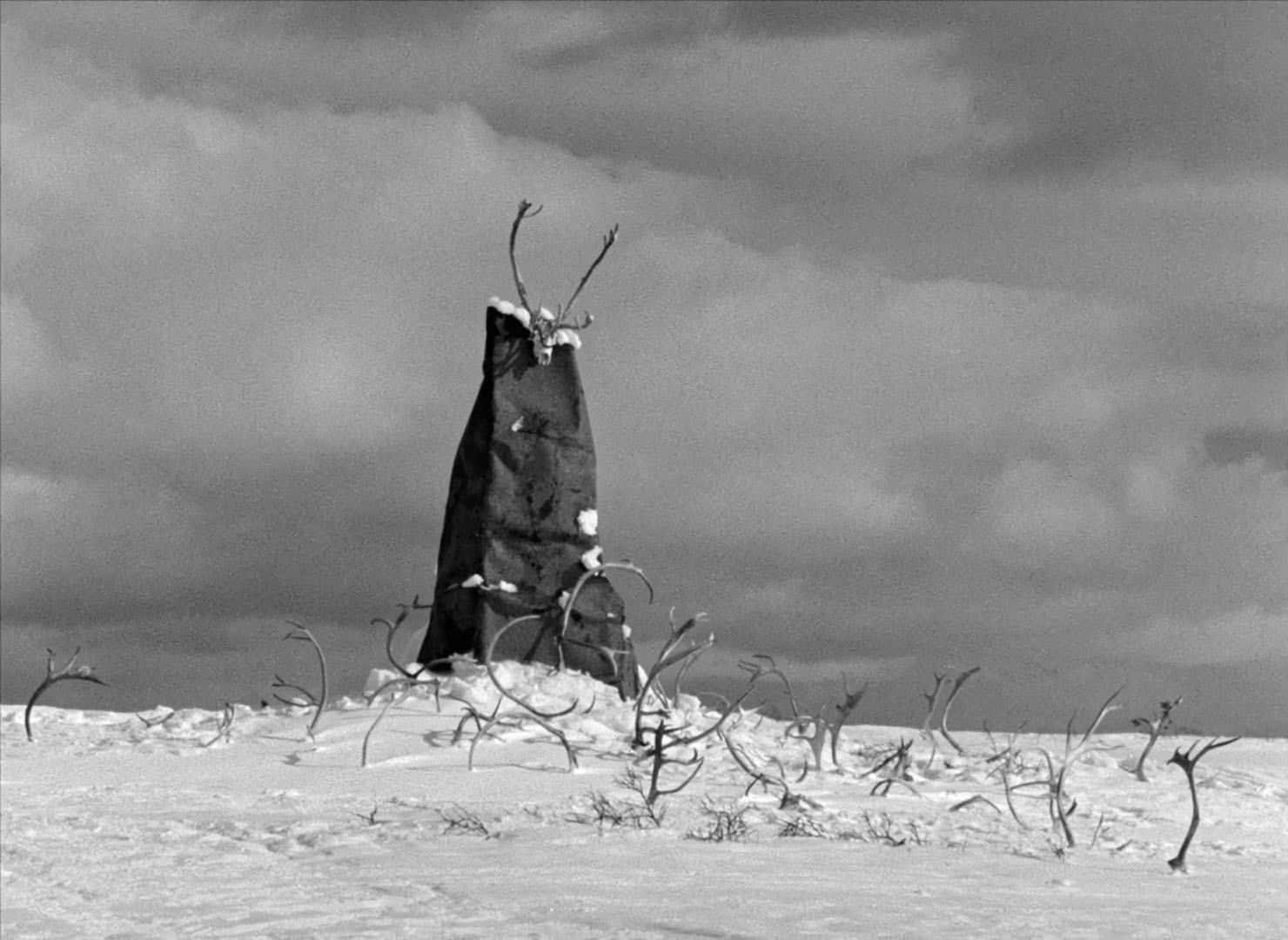
The White Reindeer (1952) was the first film made by Finnish cinematographer Erik Blomberg. It is set amongst the bleakly beautiful snowbound landscape of Finnish Lapland and tells the story of a newly married young woman called Pirita who becomes lonely, frustrated and desperate for affection due to her husband often being away herding reindeer, which leads her to seek out a shaman who gives her a potion which will make her desirable to all men.
However, this leads to deadly consequences as the magic powers she gains are beyond her control and cause her to become a vampiric shapeshifter who can assume the form of a white reindeer, which she does in order to lure male herders out to isolated spots where she then kills and consumes them.
It’s a strange experience watching a horror film when you know that there are unlikely to be any graphic scenes of any kind due to such things generally being neither the norm nor allowed due to censorship and societal expectations at the time when it was made. Even with knowing that when watching The White Reindeer, I still found myself tensing and expecting all of a sudden beasts, gore, fangs, etc, to jump out of the screen.
Despite this lack of more graphic visual shock, etc, the film still has a distinctly unsettling atmosphere, perhaps in part because of the way it initially lulls the viewer into a false sense of security and seems almost like a family-friendly period documentary, with the early scenes showing Pirita and the other villagers in their traditional Finnish clothes carefreely frolicking in the snow and good-heartedly racing one another on reindeer-drawn sledges.
But The White Reindeer is soon revealed to be far removed from being a period romp rather, it shares a number of similarities with John Carpenter’s science fiction horror classic The Thing (1982), with both showing an isolated group of people in a bleak snowbound landscape who must try to identify and fight a deadly being that is able to hide amongst them by taking on human form. However, rather than being a straightforward genre film, Blomberg’s film has a dream and almost fairy tale-like quality and is nearer to being a form or precursor of arthouse horror.
As the film progresses, almost without the viewer realising, the atmosphere and tone become ever darker, particularly after a notably folk horror-like sequence where, in order to “activate” her potion, Pirita is required to sacrifice a young fawn to a stone god, the physical marker for which is a tall standing stone that is be topped with the skull and antlers of a reindeer and is sited amongst a sacrificial graveyard of antlers. She then goes on to claim victim after victim in the snow-filled landscape, which, rather than being crisp and brightly white, is more often shown in various shades of grey under a leaden sky.
Initially, it appears as though Pirita has little control or volition over her transformations and deadly actions, and it seems as though she may not even be all that aware of them when she is her “normal” self. Alongside which, she seems to have been damned from birth as a haunting opening song tells of a woman, presumably Pirita, who unbeknownst to her was born a witch with “evil in her belly” and indicating this, even before she has taken the potion, she is shown leering menacingly over the shaman, apparently uncontrollably revealing her inner “witch”.
These aspects, combined with her siren-like supernatural deadly irresistibility and taking the form of a reindeer when she is entrapping her male victims, could be seen as an exploration and expression of masculine and societal fear regarding unfettered, animalistic female sexuality and its power over men. This is given further expression when once Pirita has given in to and used her power, she then seemingly becomes beyond redemption. Despite her desperate attempts to reverse the magic curse when she comes to realise what has happened to her and sees the villagers arming themselves and preparing to hunt down the “evil” white reindeer, her fate seems sealed.
The ending is particularly poignant and bleak, as it is her husband, who does not yet know what has happened to his wife nor that he is actually hunting his spouse, who is shown singlehandedly tracking her down in a snowy valley while she is in the form of the white reindeer. He kills her with the “cold iron” of a spear and, for a brief moment, is shown as being joyously happy at, presumably, both his success and also returning safety and the status quo to the villager’s way of life.
However, his joy in this is very short-lived as on her death, Pirita has regained her human form, and she is shown impaled against the snow, and he realises what he has done and lost. The camera then pulls away to show just how isolated and alone they both are amongst the snowbound landscape. While the end song plays, the screen goes dark, but the film continues to roll almost interminably, causing the viewer to hope beyond hope that there will be another final act and that somehow things will turn out okay. But they don’t and, for Pirita and her husband, at the very least, never can.


